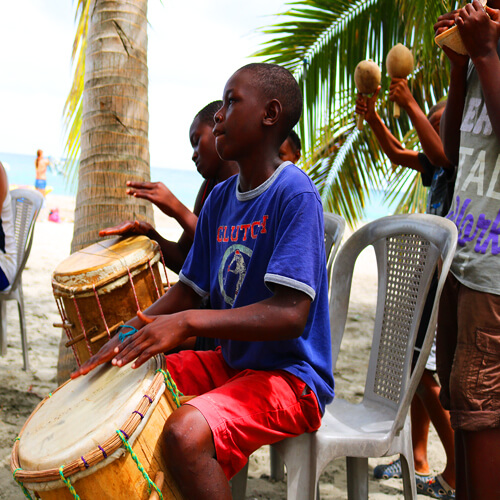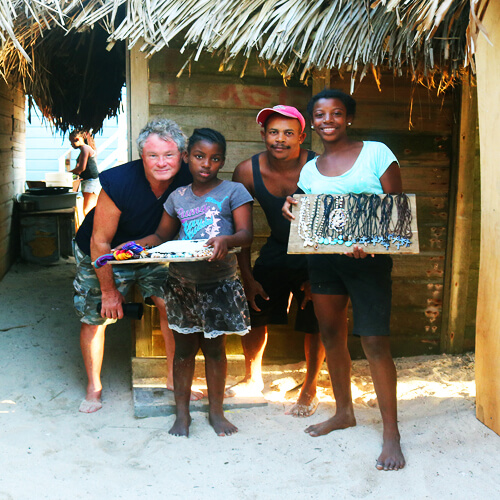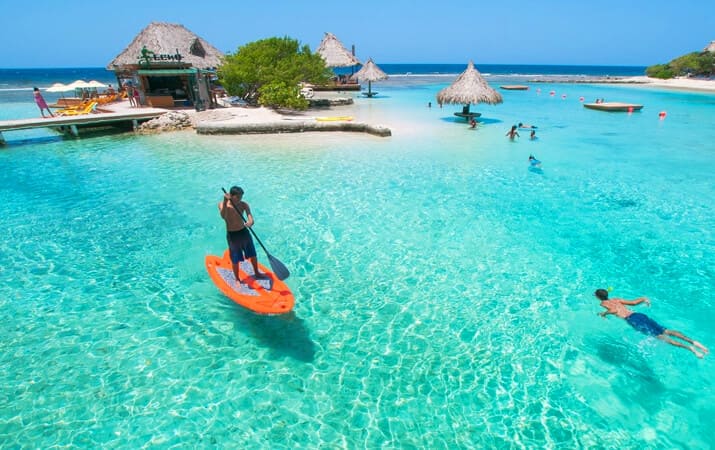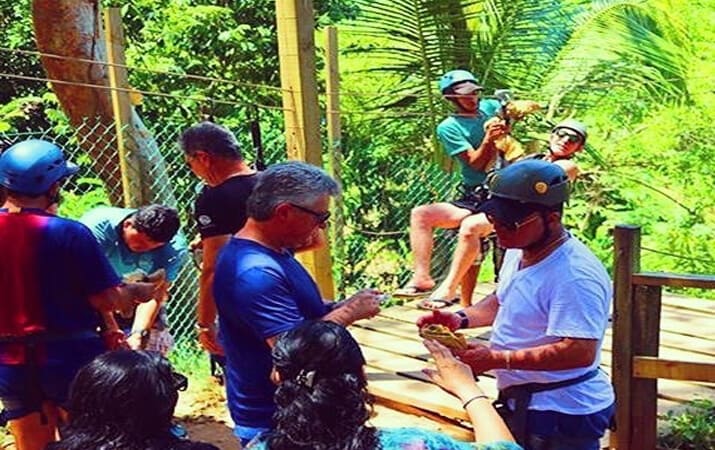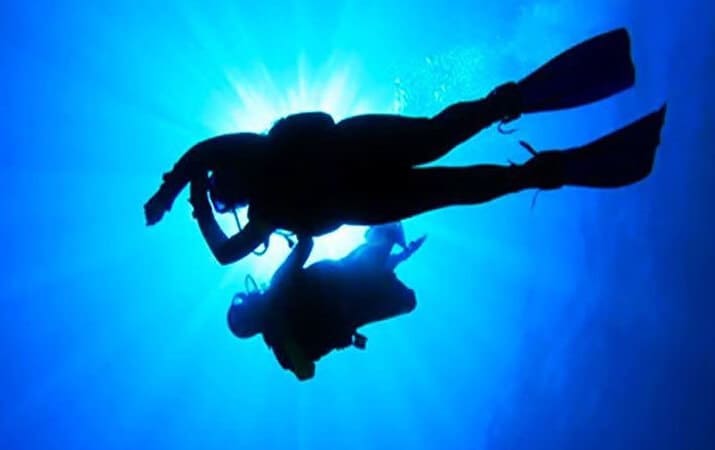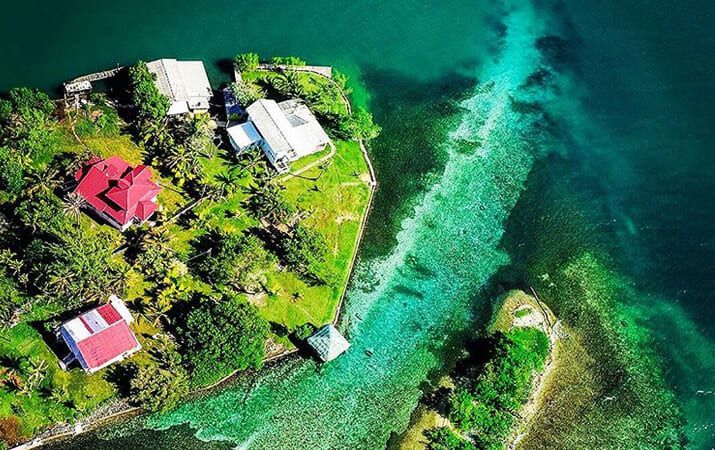ART & CULTURE IN ROATAN
By Islanders for the World
What really makes Roatan important and one of the best destination for travelers, is our rich culture and art, know more about our lifestyle, religion, cuisine, dances, art and all the scenic beauty in this unique paradise in eastern caribbean.
ISLANDERS ETHNICAL CHARACTERISTICS
It is not an easy thing to try to ethnically define the islanders. many of them have brown hair and blue or green eyes, but then again, not all of them are the same. History tells us that the original habitants of the Bay Islands were Paya or Mayan Indians, and then the Europeans arrived; especially English, Dutch and French Pirates, thus bringing about different mixtures. The English domination for two hundred years left a special mark in their language, because until this day, english is spoken with a true english Accent from the eighteen century.
The subsequent arrival of The Caribbean and San Vicente Garifuna Blacks expanded the spectrum of these mixture and now the habitants and particularly the natives, possess features difficult to stimulate in their physiognomies, their language and even in their customs.
Their most common characteristics is their spontaneity to offer friendship and their benevolent cheerfulness to all visitors.
Like beautiful and majestic pearls, the Bays Islands are only a few miles from the Honduras mainland and about 80% of their people prefer to speak english due to their historical heritage from the first habitants; the English.
Yet the mainlanders or “ladinos” as they call them communicate with them in Spanish because the majority of them understand the spanish language, a result of the cultural penetration from many years ago, something that Honduras has been doing to integrate them in the Honduran reality.
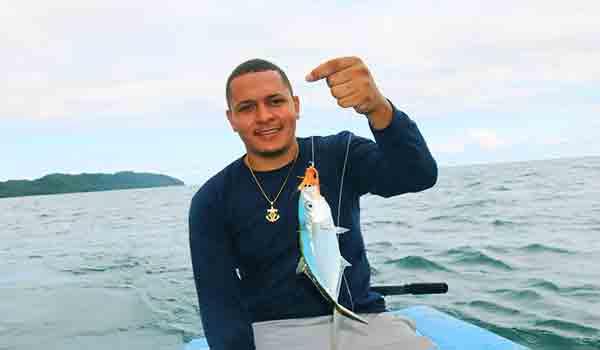
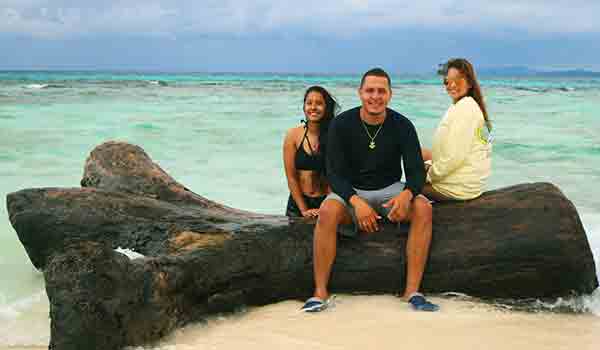

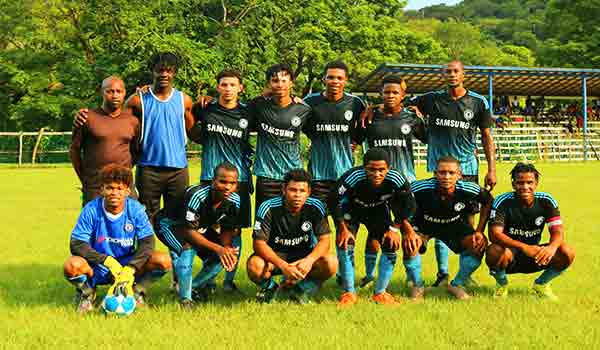
CONSERVATION OF ENGLISH EDUCATION IN THE ISLANDS
From 1917 to 1919 Governor Barahona close down the English schools only Spanish was allowed in public education. Barahona increased appointments of Spanish officials in Public Offices he also founded a military school with 100 Ladino pupils on Roatan aside from that he started more schools with good, Spanish speaking teachers.
After church schools were closed down by order of the government children could still attend Sunday Sabbath School. This had such a grave effect that for a long period, Bible study and hymns was the only window of English Literacy for many Island People.Apart from the churches the only instruction in reading writing and arithmetic for most of the century was done through “home schools”.
Individuals, mostly Islanders with teaching experience who were not professionally - trained teachers operated home school. Students would attend the schools between 12 to 2 p.m., after Spanish School in the mornings, and before returning to Spanish school between 2 to 4 p.m. in the evenings at home schools teachers would generally give a class in the room converted into a simple classroom. In the early to mid-1900’s the students wrote on slates. The books most often used were the Nelson Royal Reader Series published in the early 1900’s, this series would be obtained from Belize or Jamaica. English teacher such as Mildred Connor, Albert Bennett, Egbert Price Aunt Della, Dina Solomon and many others throughout the island gave their time and effort to the education of the Island youths.
TRADITIONAL DANCES PARADES AND VARIETY SHOWS
Dancing and singing was very important to the Bay Island Settlers. On their arrival to these shores they brought along many of the Caribbean rhythm spirituals and secular dances, songs, parades and church variety shows. Many of these aspects have disappeared, old Sankey, The plant trash dance, Junkanoo parades, recitals, acting and poetry are being recovered by the Native Bay Islanders Association only a few churches have kept up the variety shows.
Spiritual sankey
Plant trash dance
Junkman dance
Plat pole dance
May pole dance
Ring plays
Recitals
Poetry
Storytelling
Public speaking
Reading
Plays
Comedy show


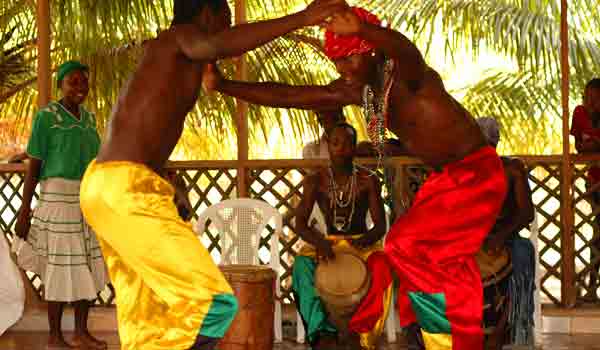
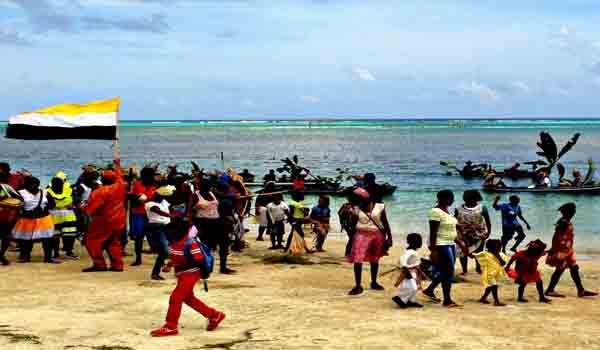
RELIGION IN ROATAN
Reverend Sykes and other missionaries from Belize and Jamaica began arriving to the Bay islands in the late 1840s. The protestant religious movement was taking over the Western Caribbean and thousands of people were being Christianized. By the year 1849, the Methodist Church was established in the islands. They began construction churches. Their first place of worship was at Coxen Hole.
Their second temple was built in the village of Flowers Bay. Many of its members deserted and began other denominations. It is said that many black members of this church in the early 1900s because of ridged policies impound by a racist white preacher from the island of Utila who supervised the churches of the Bay Island circuits.
The Baptist Church was introduced to the Bay Island in the mid-1850s. Their first church was built at Jobs Byte a neighborhood of Flowers Bay. Their main church at Coxen Hole was founded in 1957.
Many Bay Islanders became Seventh-day Adventist converts in 1850’s. The daughters of Uwins Elwin introduce this moment to the Bay Island. This sect of the Christian Faith brought about many changes in the religious belief of white and black Islanders and thus the Adventist movement was established throughout the islands.
In 1905 the Church of God Full Gospel Hall was founded by Pastor Joe Bodden after members of the Methodist deserted from their religious roots. This church is now led by Elder Esau Brooks. This religious group has grown in traditional black areas of the island and on main land Honduras. The Universal Church of God was started by Pastor Gary Jeffries and 1960. This church has members throughout the Island of Roatan.
Catholic Church arrived to the island and the 1960’s. Their first church was built at Coxen Hole in the 1970’s. Later on they built churches in the Villages of Corazal at the Community of Punta Gorda. French Harbor’s Point and in recent times have constructed a church in their neighborhood of Los Fuertes. The members of this powerful International Church are in the majority mainlanders and Spanish-speaking Bay Islanders and Garifuna.
The Pentecostal Church of God initiated in the 1970s and is one of the fastest-growing movements in the island. This church caters to English and Spanish speakers. Today Methodist, Baptist, Adventist, Church of God, Catholics and many smaller denominations are now spreading the words of God in English, Spanish and Garifuna. Many of the traditional English-speaking churches have started departments catering to the influx of mainland migrants.
In the latest years Jehovah’s Witnesses and Mormons have rooted themselves in the Island’s Society, and thus have grown in numbers among traditional Christian people.
ISLAND CUISINE
The island women are experts in the culinary arts and they cooked dishes such as: Beans and rice, iguana dish, crab dish, shell fish dishes, most of the island food is base in fresh seafood, also you will enjoy of cocoanut bread, Pies: Lemon, Cocoanut, pumpkin, yam, Malanga, Dry shredded corn, Yucca and Chata.

